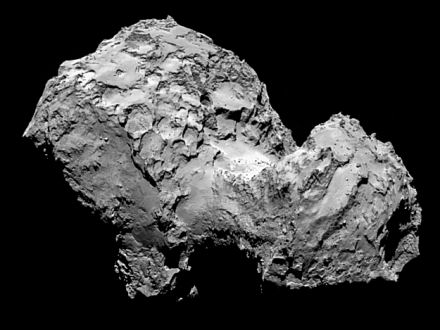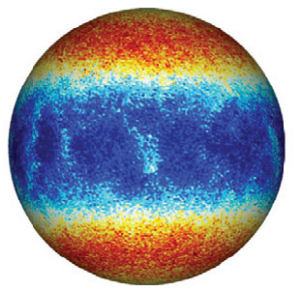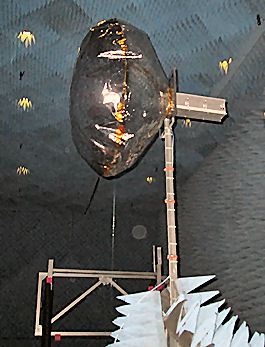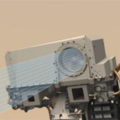
A new analysis of data from NASA’s Kepler space telescope indicates that many red dwarf stars have habitable, Earth-sized planets, raising the prospect that the closest Earth-like planet could be just 13 light-years away.
Red dwarf stars are smaller, cooler, and fainter than our Sun. An average red dwarf is only one-third as large and one-thousandth as bright as the Sun. They are very common, making up 75 percent of the stars in our galaxy.
For the new analysis, Harvard astronomer Courtney Dressing culled the Kepler catalog of 158,000 target stars to identify all the red dwarfs. She then reanalyzed those stars to calculate more accurate sizes and temperatures. She found that almost all of those stars were smaller and cooler than previously thought.
Dressing identified 95 planetary candidates orbiting red dwarf stars. This implied that at least 60 percent of such stars have planets smaller than Neptune. Although most weren’t quite the right size or temperature to be considered truly Earth-like, three planetary candidates were both warm and approximately Earth-sized. Statistically, this means that six percent of all red dwarf stars should have an Earth-like planet.
This relatively high rate of occurrence of habitable planets around the most common stars in our galaxy implies that it will be significantly easier to search for life beyond the solar system than previously thought. Given that about 75 percent of the closest stars are red dwarfs and 6 percent of those host habitable planets, the closest Earth-like world could be just 13 light-years away.
“We thought we would have to search vast distances to find an Earth-like planet. Now we realize another Earth is probably in our own backyard, waiting to be spotted,” said Dressing.
Dressing speculates that such a world would be very different from our own. Orbiting so close to its star, the planet would probably be tidally locked. However, that doesn’t prohibit life since a reasonably thick atmosphere or ocean could transport heat around the planet. And while young red dwarf stars emit strong flares of ultraviolet light, an atmosphere could protect life on the planet’s surface. But Dressing thinks that such stresses could actually help life to evolve. “You don’t need an Earth clone to have life,” she said.
Related:
Discuss this article in our forum
Earth-sized planet found nearby in Alpha Centauri system
Asteroid belts’ location critical for evolution of complex life
Habitable planets galore, suggests Kepler data-crunching
Nomad planets seeding life throughout the universe?








Comments are closed.